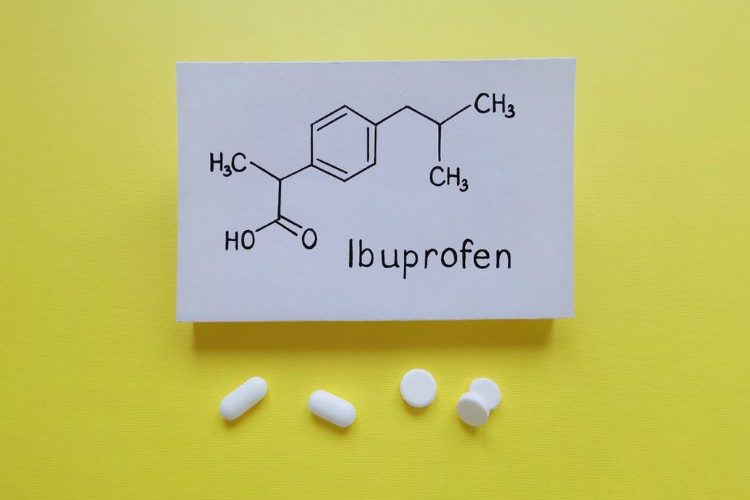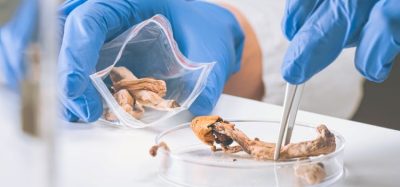Automated particle image analysis could optimise powder adhesion measurement
Posted: 24 April 2025 | Catherine Eckford (European Pharmaceutical Review) | No comments yet
The research provides insight into effective measurement of particle adhesion, potentially enhancing pharmaceutical powder processing.


Researchers have suggested a potential approach to measure the effective work of powder adhesion between particle-surface contact, using the drop test method. Specifically, they assessed irregularly shaped ibuprofen powders and spherical aluminium-alloy powders. Citing current adhesion challenges during tablet manufacturing, the authors highlighted the need to “numerically predict if a new formulation may exhibit adhesion problems earlier [in R&D].” Thus, their study could help to address the issue. Automated image analysis with artificial intelligence (AI) for the detection of the critical particle diameter provided “an accurate and efficient solution to the manual image analysis,” Talebi et al. explained.
They defined a window of operation using this approach and measured different sample volumes. This ensured accuracy of the measured critical diameter.
Addressing powder adhesion challenges in pharmaceutical processing
Measurement of ibuprofen powders
Automated image analysis…. for the detection of the critical particle diameter provided an accurate and efficient solution to the manual image analysis”
Enhancing development of the drop test rig provided greater measurement reliability and repeatability of the impact velocity and contact time. Thirty runs of the test were conducted to ensure the repeatability of the impact time, the authors wrote.
A drop height of 15cm was used for ibuprofen powders. “A minimum of 640 ibuprofen particles was required, resulting in an effective work of adhesion of 19.6 ± 2.9 mJ/m2”. The team reported “an impact velocity of 1.54 ± 0.04 m/s. The corresponding contact time was measured 81 ± 2 μs”.
Measurement of spherical aluminium-alloy metal powders
A drop height of 10cm was implemented for the spherical aluminium-alloy metal powders. This produced an impact velocity of 1.23 ± 0.01 m/s and a contact time of 83 ± 1 μs. Moreover, effective work of adhesion of these powders (7.7 ± 1.8 mJ/m2) was assessed, Talebi et al. stated.
Additionally, the effective work of adhesion of these powders was also determined at 7.7 ± 1.8 mJ/m2 (manual measurement) and 8.8 ± 1.6 mJ/m2 (automated measurement).
According to Talebi et al., their findings suggest that “a minimum quantity of sample is required to be dispersed on the substrate so as to ensure accuracy of measurements.”
The paper was published in Powder Technology.









